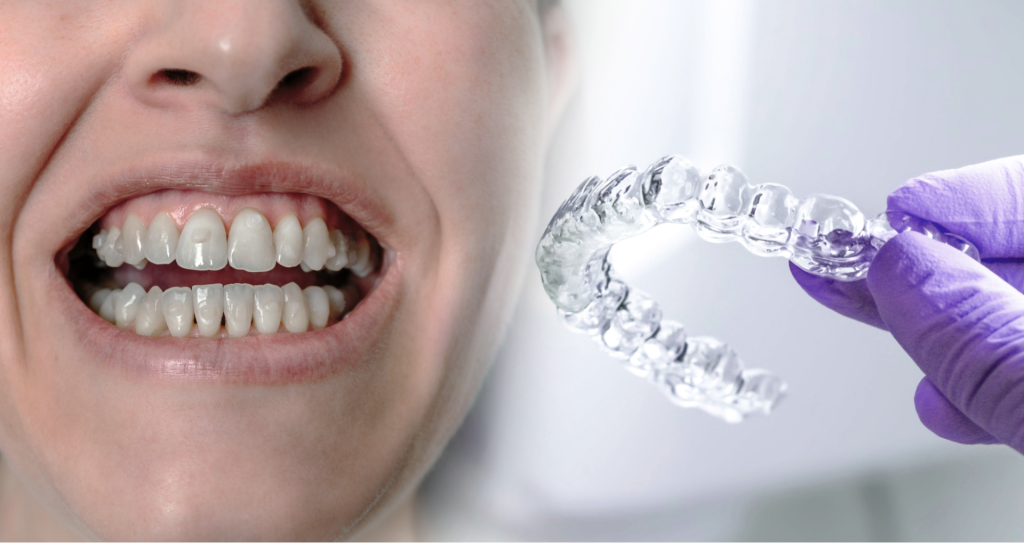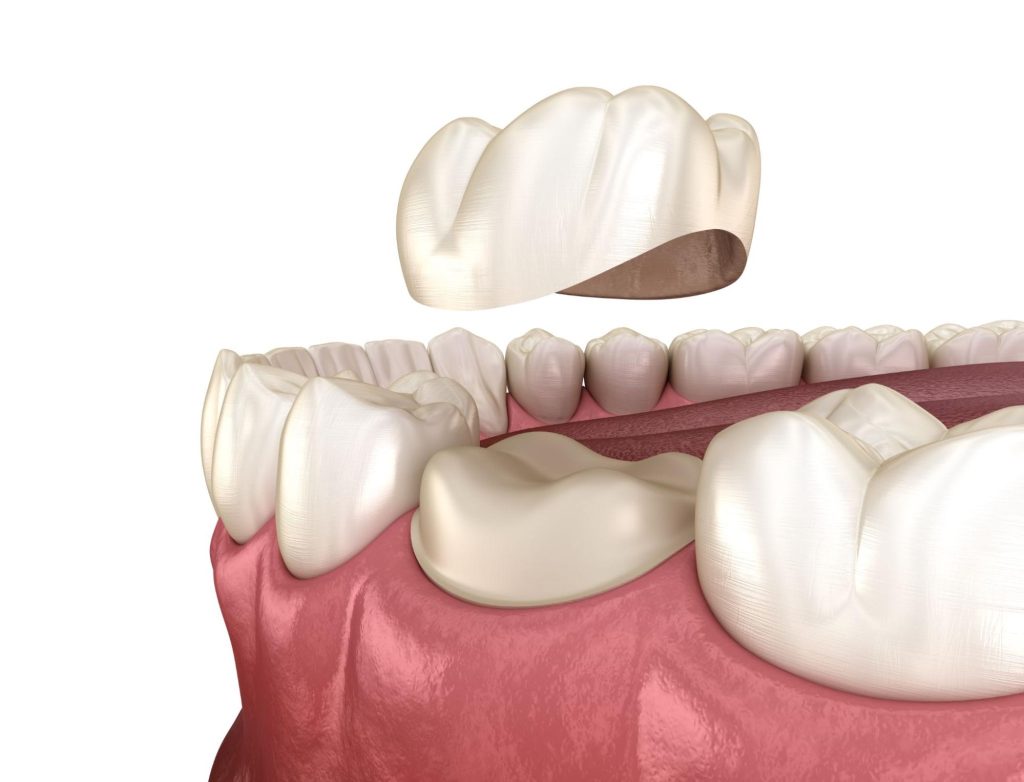Colour choice says a lot about a person. Colours reveal a person’s personality, but they can also be indicators of overall health. In dentistry, gum colour is a clear indicator of oral health. Gum colour can tell whether you have healthy gums or have developing gum disease. Read on to find out what your gum colour says about your oral health.
Quick FAQ:
Q: What’s the Healthy Gum Colour?
A: Pink Gums. Pink and firm gums are an indicator of good gum health. However, natural gum colour may vary depending on skin tone.
Gum Colour and What They Mean for Your Mouth
What does your gum colour say about your dental health? Here are the common gum colours and how they can impact your dental care.
Pink Gums
Pink and firm gums are an indicator of good gum health. However, natural gum colour may vary depending on skin tone. If you are fair-skinned, pink gums are perfectly normal, healthy gums. People with darker skin have more melanin, resulting in a darker colour – melanin is a pigment that gives our skin its colour. If you have dark skin and have always had dark gums, brown gums may not be a cause of concern.
Red Gums
Red gums may be an indicator of swelling or infection. Swollen gums are often red, painful, and may even bleed when brushing or flossing. Sore gums are also caused by a gum disease called gingivitis. Gingivitis is usually caused by an unusual buildup of plaque along the gum line.
Plaque is the cause of the bacterial infection that releases toxins that result in inflammation and causes bad breath. If left untreated, gingivitis leads to periodontal disease or periodontitis. This condition is a more severe gum infection that can lead to tooth loss and bone loss in more serious cases. Risk factors for developing gum disease are the following:
- Tobacco use
- Illicit drug users
- Medical history of diabetes
- Weakened immune system (HIV, Cancer, and other health issues)
It is essential to reverse the effects of gum disease. Studies have shown that people who frequently have periodontal infections are more predisposed to heart disease than people with healthy gums. In its early stages, gingivitis can be reversed through good oral hygiene and visiting your doctor or dentist.
White or Pale Gums
White gums or pale gums may be a side-effect of anaemia, indicating a lack of red blood cells or low haemoglobin, meaning your body does not have enough oxygen. White or pale gums may also indicate another underlying health condition; leukoplakia. Leukoplakia is a term used to describe unusual white patches on the oral mucosa, including the gums. Although most cases of leukoplakia are benign, some are pre-cancerous and can lead to oral cancer.
Black Gums
Black gums may be expected for people with darker skin colour. However, if your gums have not always been black, there may be other diseases behind the sudden gum darkening. If you notice the darkening of your gums, you may need to seek immediate medical attention, diagnosis, and treatment from your doctor or dentist. Some factors that lead to black gums are:
- Smoking
- Medication
- Addison’s disease
- Amalgam tattoo
- Hormonal changes in pregnancy
- Prolonged sun exposure
If you notice that your gums have darkened a lot recently, you may need urgent treatment for your gum problems and to target an underlying health condition, if there is any.
Brown Gums
Brown gums can be considered perfectly healthy depending on your skin type or colour. Your gums may be naturally brown or black if you have a naturally dark skin colour. However, if your gums have not always been brown and you notice a brownish discolouration, it may signify gum disease.
One cause of gum discolouration is oral calculus which results from the buildup of tartar that develops underneath the gum line. To maintain healthy gums, you must floss and brush your teeth daily.
Yellow Gums
Yellow gums are one of the symptoms of gingivitis and tartar buildup at the gum line. However, yellow gums may also signify a highly contagious gum disease known as gingivostomatitis.
This disease is common in children and is a viral infection caused by the herpes virus, the same virus responsible for cold sores. Other than yellow gums, gingivostomatitis is also characterised by the following:
- Swollen lymph nodes
- Bleeding gums
- Tender sores inside of cheek that look like canker sores
- Gum pain and tenderness
Diagnosis for gingivostomatitis includes taking a swab or doing a biopsy if other mouth sores are present.
Grey Gums
Grey gums are a clear indicator of decay. This condition can be brought about by a bacterial infection resulting from a weakened immune system. Stress levels can harm your immune system; this is why stress is also a factor that can lead to gum disease and discolouration.
A more severe cause of grey gums is a gum disease called Acute Necrotizing Ulcerative Gingivitis (ANUG). Also known as “trench mouth,” this gum disease is common in those with an impaired immune response. Treatment for ANUG involves removing dead gum tissue and a course of antibiotics.
Healthy Gums, Healthy Body
Gum health is not defined by gum colour alone. Healthy gum colour depends entirely on ethnicity and skin colour. However, if you see that your gums are not their usual colour, it may be time to visit your dentist. Keeping gums healthy is just one way of looking out for your dental health. You can ensure optimum gum health and keep flaunting that beautiful smile with good oral hygiene.
Want to keep your gums healthy? Contact Mosman Fine Dental today!



